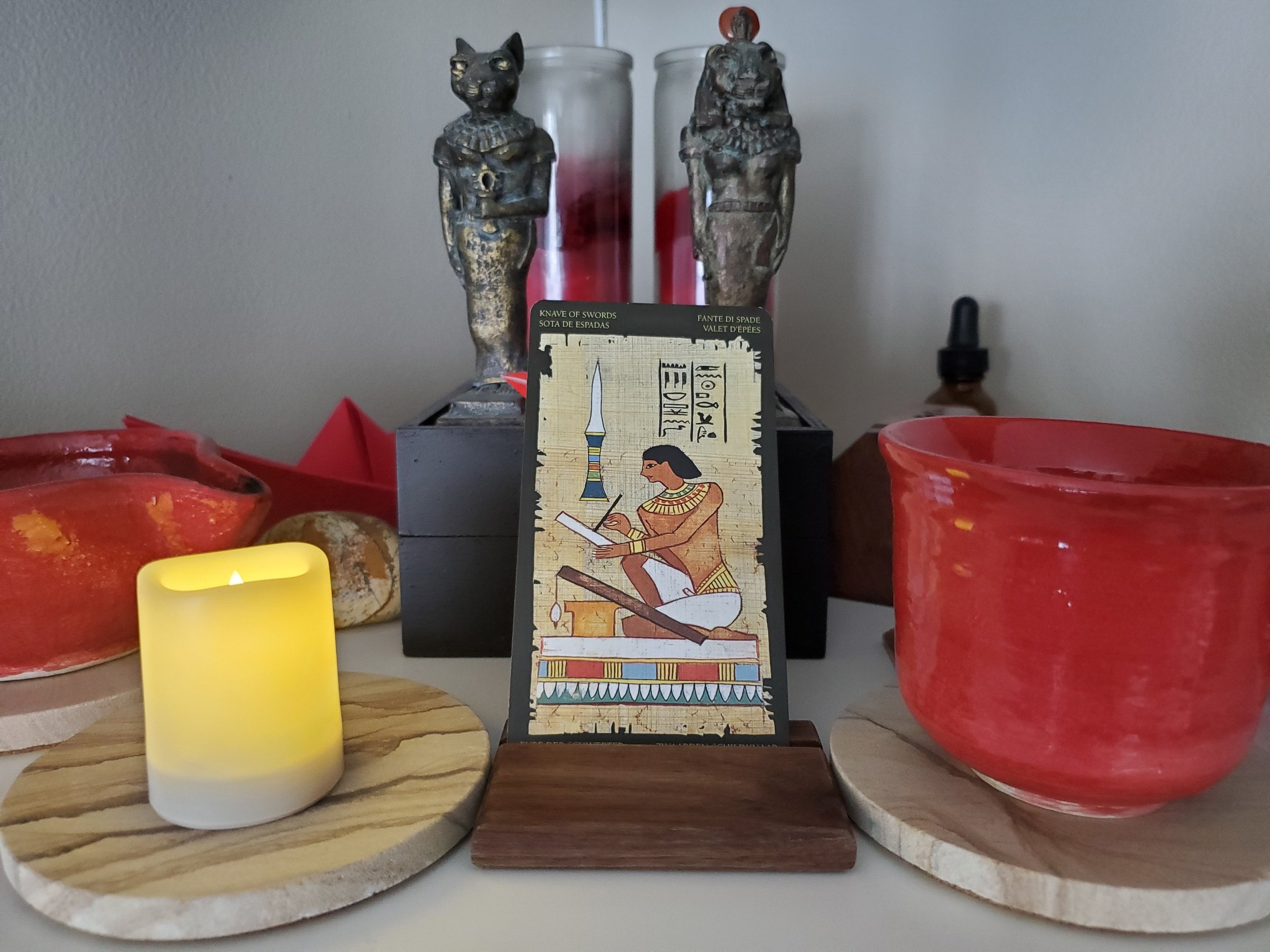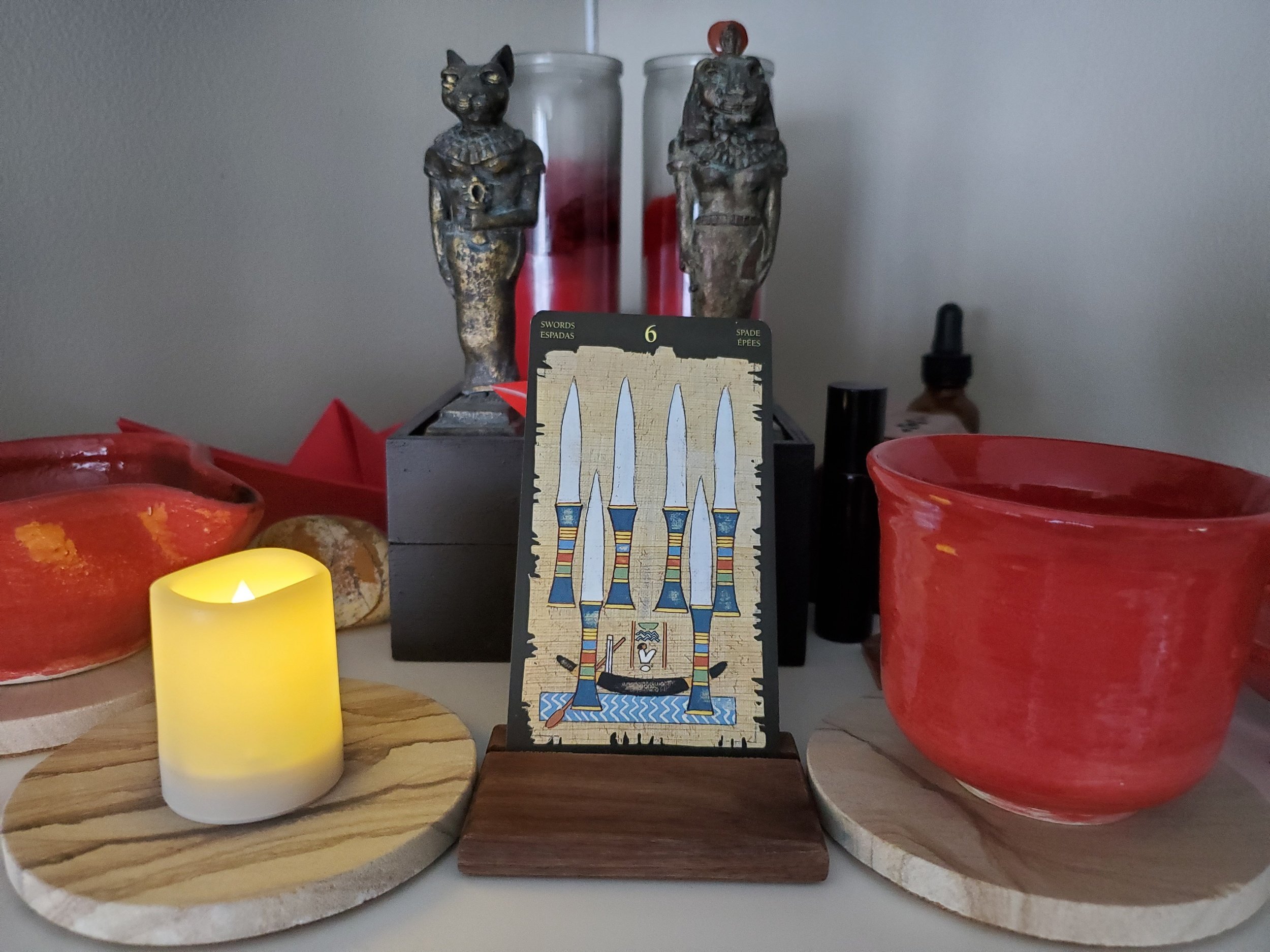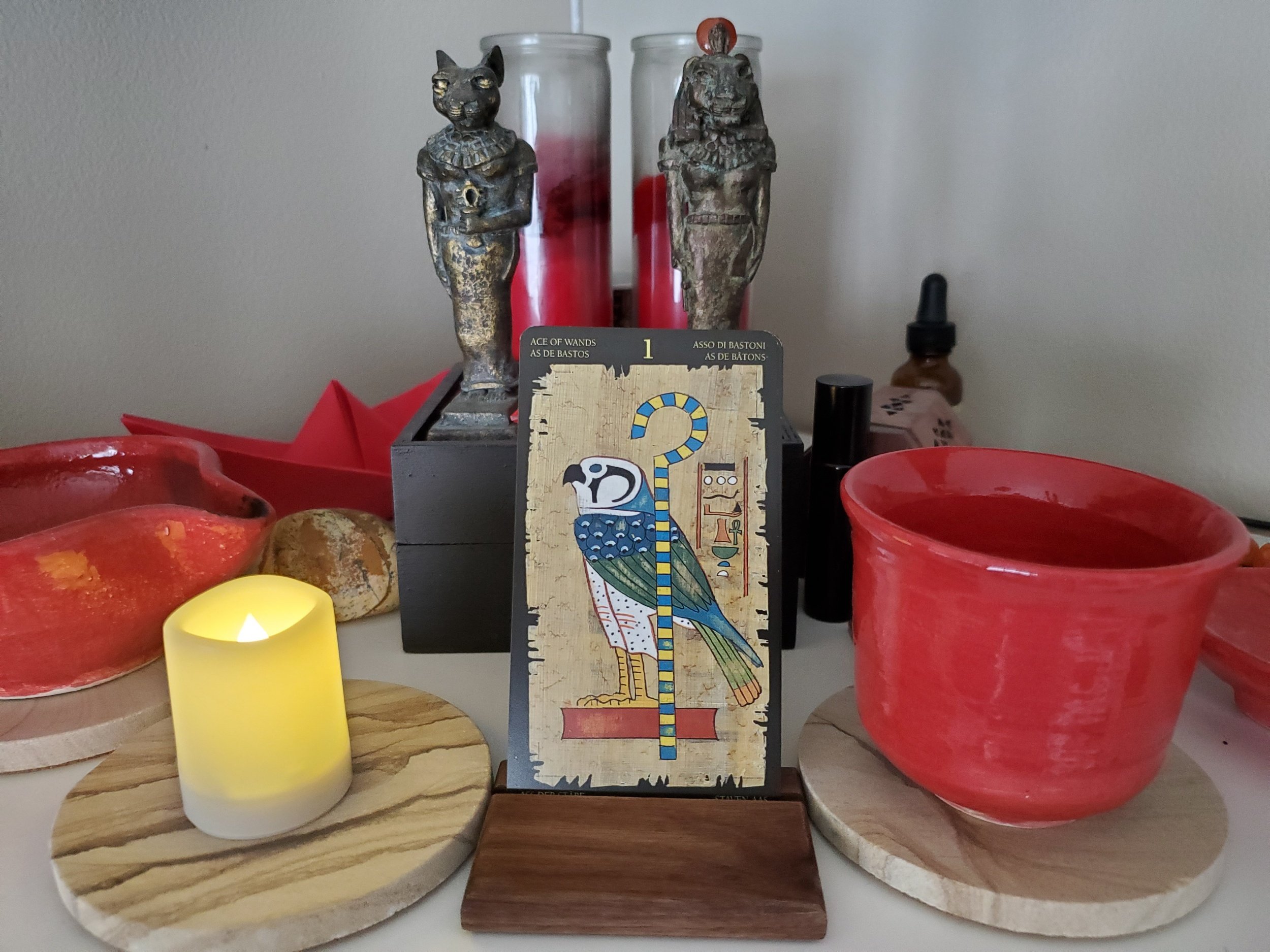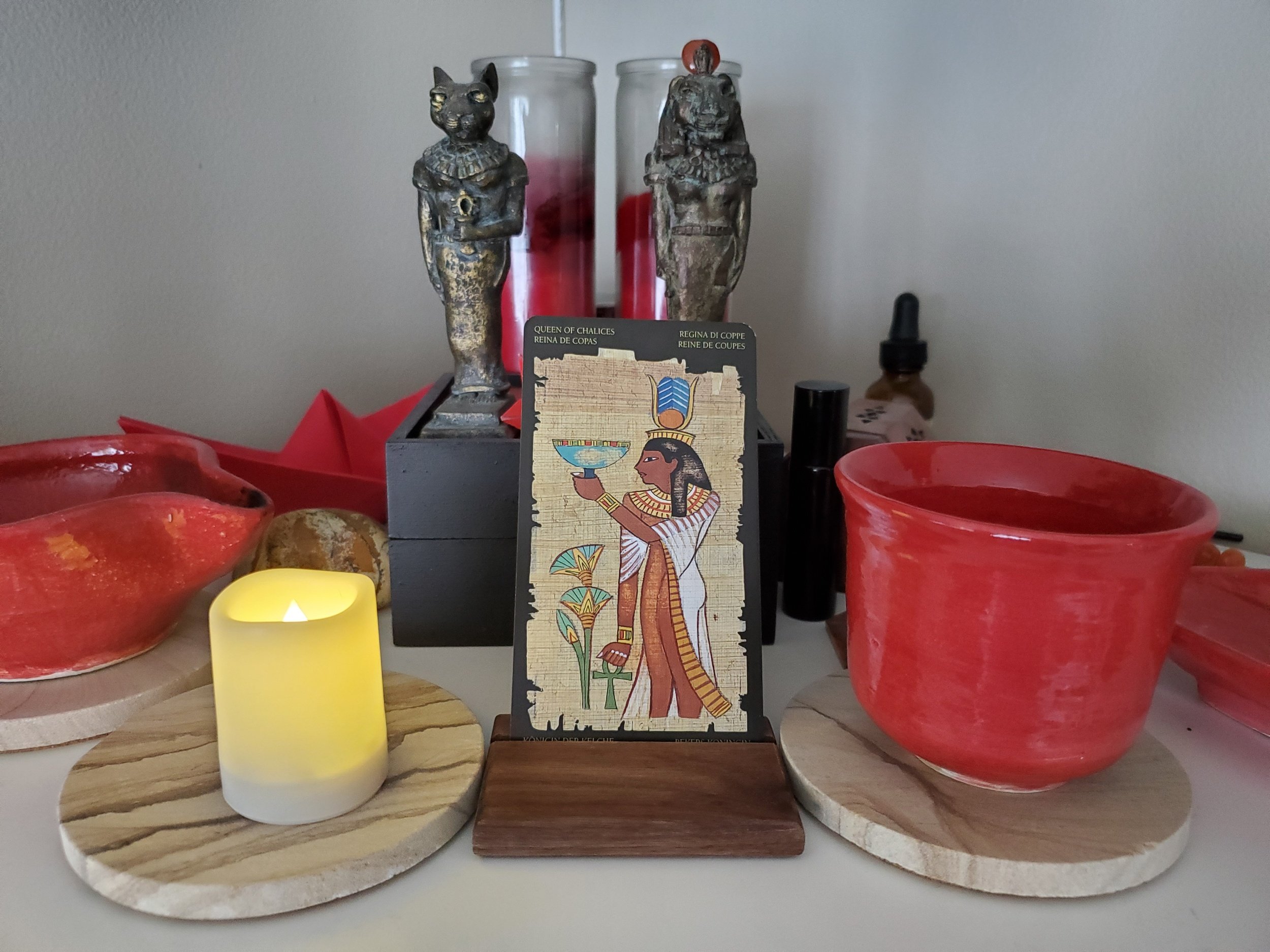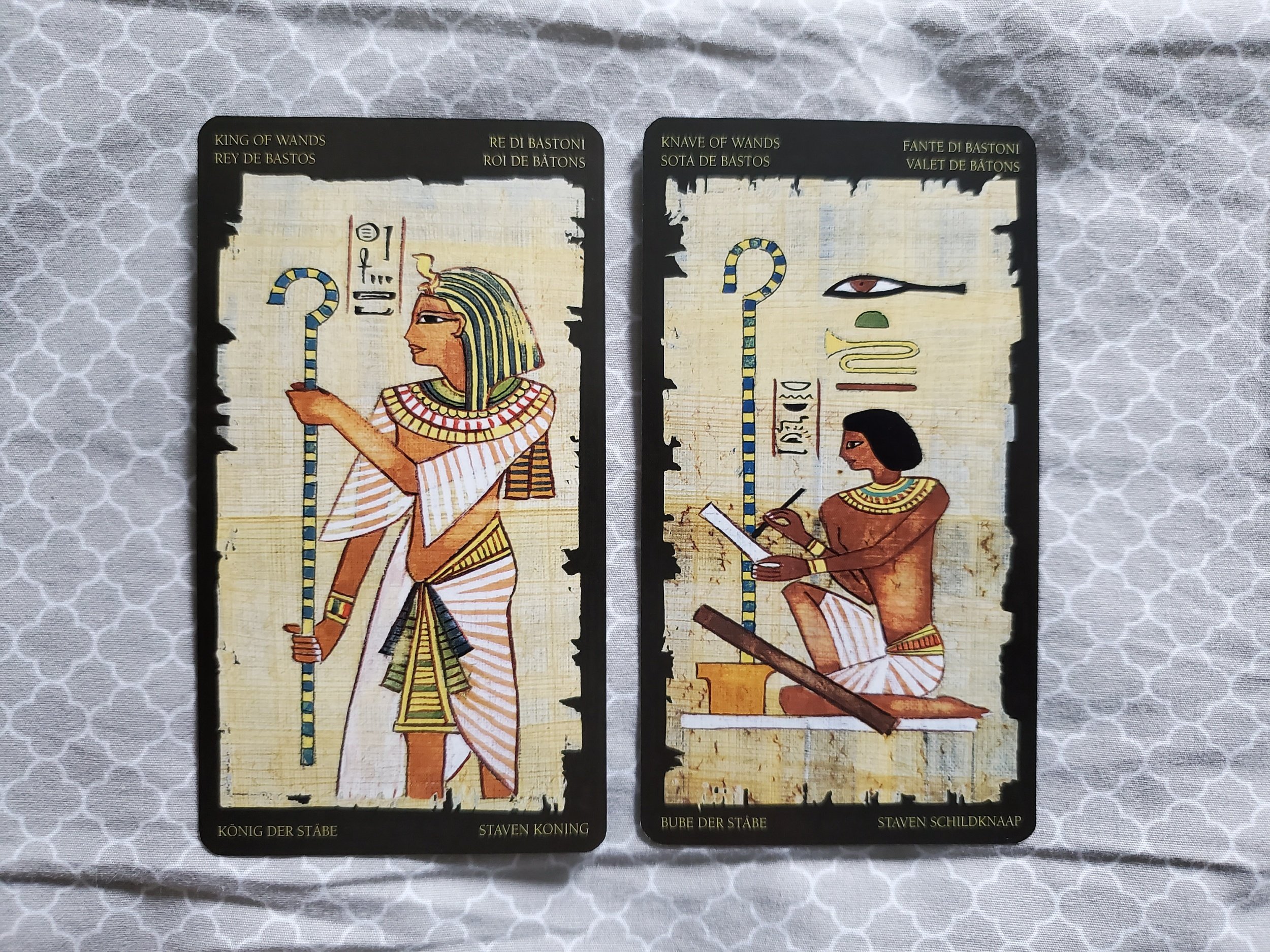I said in my last blog that spirit relationships make up another layer of my home defensibility, and they do — both inside and outside my house. I’m working from an animistic perspective here, because that’s what I do and who I am, but I think there might be some helpful kernels even for folks who aren’t starting from that perspective. In the last blog, I mentioned greeting the spirit of the parcel of land, and the spirit of the house itself, and those are the first two spirits I build a relationship with in any new place I live. Those relationships are usually somewhat less “showy” (at least for me) that some of the others I’ll mention in this blog, but they’re the foundation for everything else. If you’re not on good terms with them and well situated in your property, it will be difficult to make your home defensible, no matter what else you do. Also, if you’re not the property owner, you can still form your own relationships with the house and land, and that will help support any wards you place around areas (like a bedroom) that are specifically yours. You can also make relationships with spirits both outside and inside the property, to support your defenses. For the purposes of this blog, I’m just going to cover spirits that are found outside the property, because I originally had started writing out both “outside” and “inside”, but it became a bit too long for one post!
This is an image from unsplash of Great Falls on the Potomac, which is very similar to an image I took that I almost used – except this one is much higher quality!
Land spirits, (ie spirits of the land itself, not nature spirits more generally) in my experience, seem to be some sort of nesting dolls, in that you can ask to speak to the spirit of a particular property, and one will show up, and ask to speak to the spirit of a neighborhood, and one that feels slightly different and slightly bigger will show up, and the same (slightly different, slightly bigger) for a town, a region, etc. (However, when we start to approach places the size of the state of Virginia, they get a little too big for me to really pin down borders. I find it easier at that point to attempt to contact the spirit of a particular geographic feature, like “the Appalachian Mountains”, or “the land to the east of the Chesapeake Bay”, rather than relying on my memory of a map of human-drawn borders!) For the purposes of A Defensible Home, the neighborhood or perhaps the town should do you pretty well — this is the larger land spirit that encompasses the land you call home, and it is a good idea to get to know them, and to remain on friendly terms. For me, that usually means being a good “citizen” — picking up trash when I see it, making sure my yard has plants helpful to local insect life, not disturbing local animal life, and the occasional offering of water or something biodegradable that won’t disrupt the local ecosystem (no invasive plants, no foods that will harm wildlife, don’t pour alcohol on plants, etc). When we “talk”, it’s more a mind-brush than a conversation in words, and most often I just ask about the weather! The creatures who live on the land this spirit encompasses live in symbiosis with it — and we should strive to, as well. That also means that all your plant and animal and insect “neighbors” can provide omens, should you need to seek them. I have mapped my local birds to the ogham, and that often provides my land and nature spirits with a way to get my attention. I know which birds live nearby, and which are infrequent enough visitors that their presence might be meaningful.
Spirits of your local waterways are likewise important, and also seem to function like nesting dolls, with a spirit of a stream, the creek it feeds into, the river that feeds into, and then around here — the Chesapeake Bay. I really think every animist witch ought to know what watershed they live in, down to the small streams closest to you! At the larger end, your local river spirit can be a very powerful ally, and with the vast number of witchy uses for water, especially running water, I think it makes sense to nurture that relationship. As with the large land spirits, my offerings to my local waterway spirits are mostly “being a good citizen”, and my contact with them is more mind-brush than casual conversation. Interestingly, though — and this is just my personal experience, so your mileage may vary — I do find the river spirits to be more likely to take on humanoid forms and speak to me in words. That may come from my background in Irish Polytheism, where several river names are those of goddesses, because I do tend to address rivers (and the Great Lakes, and the Chesapeake Bay) as deities in their own right.
For both of these categories of spirit, the role they play in the defense of my home is mainly that I can ask them for forewarning if danger is nearby, and for assistance if I attempt to expel something from my property. If I banish something, I don’t want it to take two steps and come right back, and sometimes the land and waterway spirits are willing to help keep it away. They can also ground out or disperse unwanted energies, though I find it best to ask them how to transmute the energies so that they will be most useful. I have even used some of my excess energy as offerings recently: I was running a little hot due to a hormonal problem, and got up early in the morning to go on a cave tour. Inside, I ended up stumbling a bit because of drowsiness and balance issues, so I stopped and greeted the spirit of the cave and asked what I could give, in exchange for sure footing. The answer I received: your heat. So I took off the jacket (which was a little warm anyhow), and let my excess heat float off of me, into the cave. And after that, I didn’t have any more trouble walking over the uneven terrain!
The other main category of Outside spirits just consists of spirits who live nearby. You have human neighbors, and animal, plant, insect, fungi neighbors, spirits of land and water and (perhaps) of constructed things, but also there are other types of spirits who just go about their business mostly unseen in this world we share. For me, the spirits of this category with whom I interact the most often are the Fair Folk. (All the rest of this paragraph is my own UPG, based on my own experiences; I make no claims that others will experience it the same way, even within my local area, and outside my local area I have no idea how things are organized. Understood? Then let’s continue.) There is a fairy court near me that has territory roughly corresponding to the local stream’s watershed, and the Queen of that court has become a close ally of mine. When I banish something, her folk will (often) chase it beyond their own borders, and when there are dangers, she (often) warns me, and when she requests my assistance in her own difficulties, I aid her with my magic as best I am able. As her stream empties into the Potomac River, her court seems to belong to a larger assembly of courts aligned with the Potomac watershed, and then above that, there seems to be a higher authority encompassing the entire Chesapeake Bay watershed. I try to nurture relationships with each of the small courts I come into contact with, and with the larger authorities, but the court whose territory I live in is the most important for my home defense. We are very frequently in contact, and I give very frequent offerings, and when there is something I need help dealing with that lies beyond my wards but not beyond her borders, it is usually to her that I first turn, even before my gods. The Fair Folk are fickle though, and so diverse it’s impossible to paint them all with the same brush — the type of relationship you’re likely to have with your local Fair Folk depends on them perhaps even more than it depends on the steps you take to nurture a relationship. It is far easier and far safer to be on pleasantly cordial terms like “you stay out of my home and I’ll not meddle in yours” than it is to be involved in a pact that amounts to mutual defense, but for those who do have Good Neighbors inclined to alliances, for prices you’re willing to pay, they can be very valuable allies.
Some of the members of the court local to me do come in the house now and again, but mostly they stay outside, hence their inclusion here. However, they are the main reason, as I said in the first blog, that I don’t use iron at my property line. That does mean I have to use a little more finesse when it comes to creating wards that will allow emissaries in, for example, but not those inclined to make trouble. I do rely on my agreement with their queen for that, in large part, but I also have some finely tuned interior wards, as I mentioned before, and House Rules, which I will explain in more depth in the next blog. In the meantime, Daniela Siminia has an excellent overview of her own approach to allowing in some-but-not-all, on her own blog, here.
And as that’s already quite a long post, we’ll call that a wrap! I’ll be back with part two next week, hopefully. I’m trying to post a new blog every Wednesday, so check back then!




